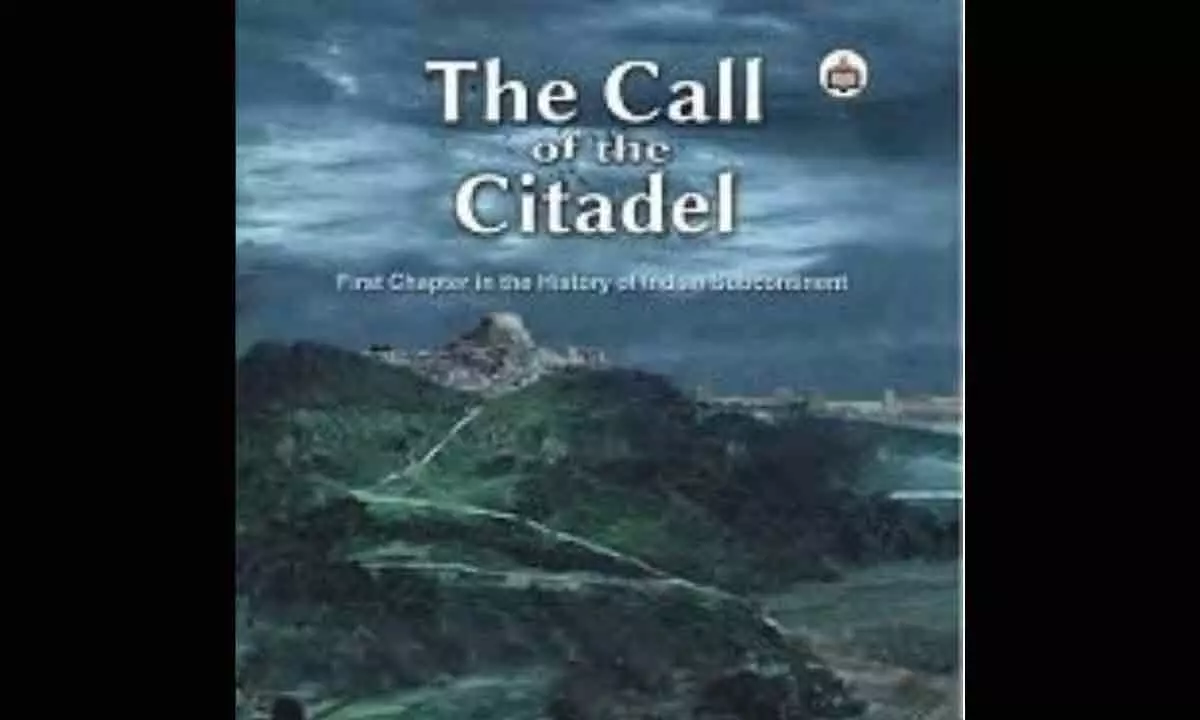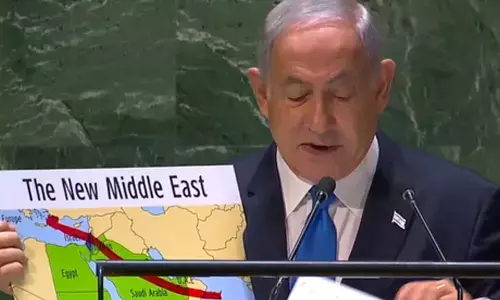Connecting contemporary India to its historical past

India has been a land of great mysticism and sublime spirituality boasting of its rich cultural and artistic heritage.
India has been a land of great mysticism and sublime spirituality boasting of its rich cultural and artistic heritage. It is through the genre of historical fiction that the current generation of Indian youth can connect to their moorings, especially when much to their dismay, they find the formal academic curriculum of history to be too insipid and intolerably factual. The "enigmatic phase" (to use authors' words) of Indian history, the Indus Valley Civilization comes alive as a cinematic narrative in the novel, "The Call of the Citadel@ jointly penned by Parneet Jaggi and Vikram Singh Deol both of whom have carved their niche in the corridors of quality literature of high order.
A rich repertoire of archaeological tools has been employed to probe the subtle mystery of this civilization but a common reader does not seem to have any special predilection for excavations and theoretical debates of discovery. The novel uses takes recourse to the kaleidoscopic lens of history, culture and creativity to shed light on the clash of two disparate races. Undoubtedly, the book is great and glorious testament to the artistic excellence, technological progress, economic vigour and social tolerance of the people of Indus Valley civilization and their responses to new clans.
The story unfolds with a murder mystery at Mohan-toh-Daro, a well planned city with the most modern architectural facilities inhabited by farmers, traders, skilled artisans, unyielding leaders and empowered women. Pictures of Mohanjodaro and Harappa come alive in the gripping narrative of the novel as both the authors are quite skillfully well versed with the literary device of Imagery. Each minute detail of the city planning, house structures, the majestic citadel, flow of the river, games, activities, pottery and the lifestyle of the people living around 2000-3000 back in history is an eye opener and keeps the reader fully engaged . It seems one is transported to the land of ancestors through a time machine. The other clans of invaders comprise a nomadic group of cattle rearers and hunters. They are equipped with tools and weapons made of 'Aryank' that the indigenous people are unaware of. These nomads have been symbolically given mythological and Vedic names like Indro, Agneous (one who manages fire), Varaneous (one who manages wind), Vashisht, Vishwamitra etc. making the novel all the more intriguing and bewitching. They appear in the jungles in search of new pastures and fertile lands for their families and cows, but to the people of Mohan-toh-Daro, they are demi-gods. The whole settlement is left in awe and terror and they initially take it as a curse of Pashupati.
The novel marches in an engrossing manner to the unprecedented encounter of the two clans, a series of murders and the eventual clashes of the clans. The clan of Indro is equipped with weaponry, the revolutionary metal 'the Aryank' and the art of killing and controlling the forces of nature. Their ritualistic approach to life is presented in a sharp contrast with the peaceful, self-sufficient, settled life of the indigenous clans. The characters of Kalika Das- the chief, Peter Das- the trader, Devika-the fearless woman whose family is murdered when the novel opens, Chatur Das- the spy, Sundari- the dancer about whom the archaeological excavations talk about, Indro and his clan members have been drawn with such great finesse to depict their flaws with equal dexterity and great panache . In the clash between two clans possessing different set of qualities, the unmatched qualities of both clans come to the forefront. "...fighting was in their blood. …Their swords were heavy with blood, blood that had seeped into the soil for the coming generations to grow crops". The events unfold at an extraordinary pace with an undercurrent of several historical events that are significant even today in the understanding of how we, as a nation have evolved to our present stature.
Apart from the people, the splendour of Mohan-toh-Daro (making it the protagonist of the story), the majesty of the citadel as a witness to the transformational event of Indian history, (the novel is sub-titled "the First Chapter in the History of Indian Subcontinent"), the climatic changes, the change of the course of river, trade through rivers and other imminent causes of the fall of the Indus Valley civilization have been handled in a quite a subtle manner, elegantly intertwined in the story . The themes and complexities of the age have been intricately woven in the narrative of the novel. The extensive and in-depth research of the authors for seven long years is fully visible in the story. Gathering facts from the original Harappan site, Kalibangan in Rajasthan, both the authors have done a remarkable job by giving complete justice to an episode of Indian history that has perhaps remained hitherto shrouded for the lack of adequate evidences and graphic details. The novel is a path breaking work in connecting the contemporary India to its cultural and historical past.














